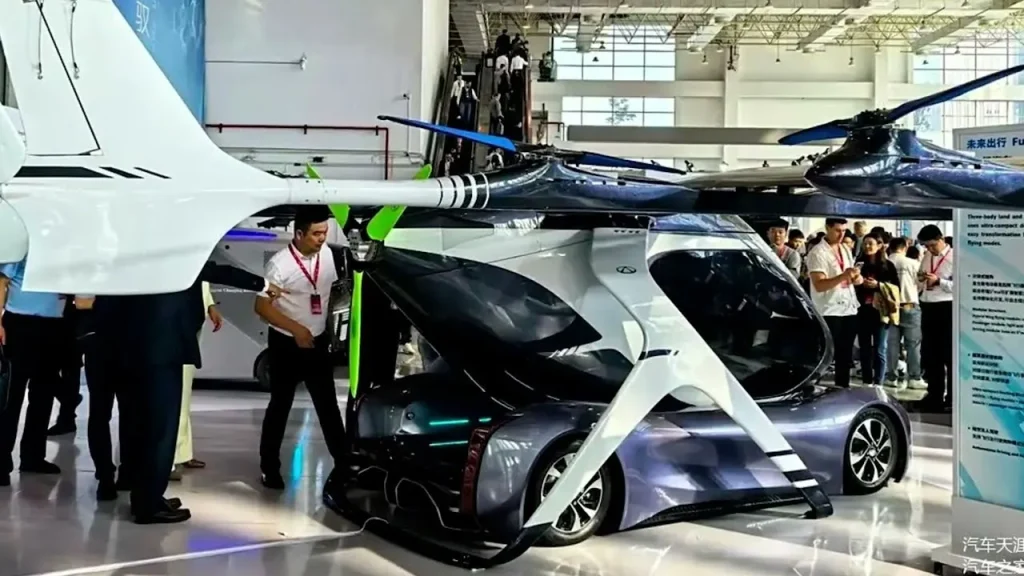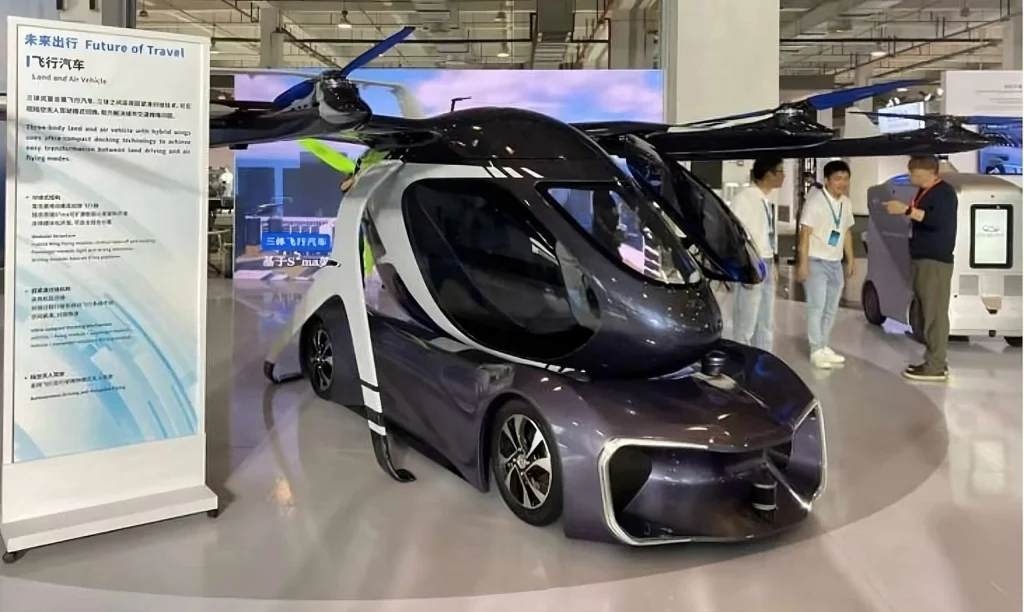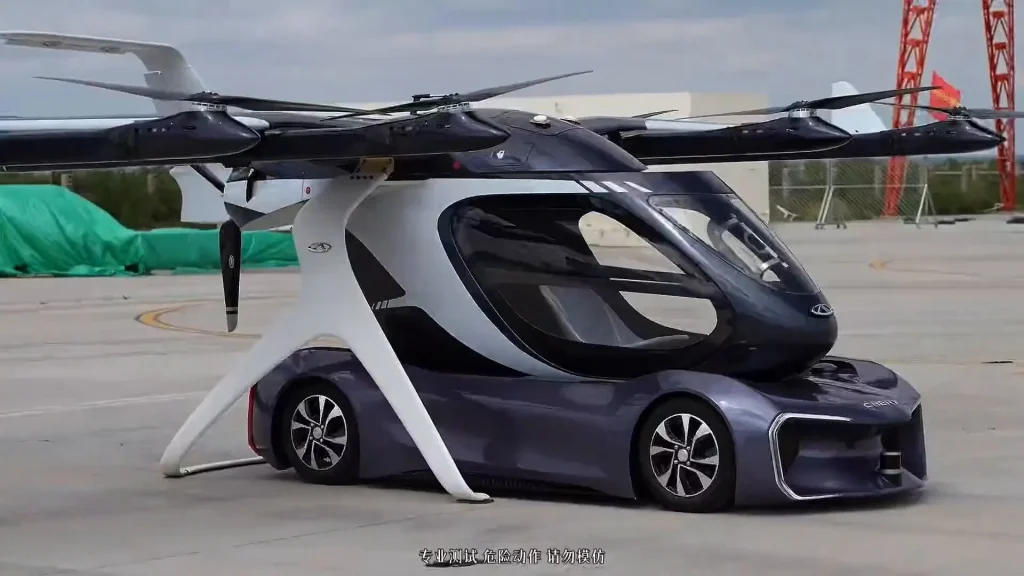Chinese automobile manufacturer Chery has introduced an innovative flying car prototype at the Chery Global Innovation Conference in Anhui, China. Named the “Land and Air Vehicle,” this groundbreaking design features no steering wheel or accelerator and boasts full autonomous driving capabilities. The prototype has successfully completed a 50-mile test flight, showcasing Chery’s commitment to enhancing its position in the global automotive market.

A New Era in Transportation
The Land and Air Vehicle is a three-body hybrid-wing flying car designed without traditional controls like a gas pedal. It consists of three main components: an aircraft, an intelligent cockpit, and an intelligent chassis. This unique design allows the vehicle to switch seamlessly between autonomous flying and land driving modes, making it an ideal solution for urban commuting and traffic congestion. The flying car is capable of vertical takeoff and landing, further enhancing its practicality.
Challenges in the Flying Car Industry
While numerous flying car projects have emerged, particularly from companies in China, only a handful have progressed beyond the concept phase. Even fewer have been successfully tested with passengers. It may take years before such vehicles are fully operational and widely available for public use.

Advanced Battery Technology Unveiled
In addition to the flying car prototype, Chery announced the rollout of its advanced all-solid-state battery and the launch of a new battery brand named Kunpeng. The Kunpeng series will debut with three types of batteries, all capable of 6C charging.
Innovations in Energy Density
Chery aims to achieve an energy density of 400 Wh/kg with its solid-state batteries by the end of this year, with plans to increase it to 600 Wh/kg by 2025. The first application of these batteries in vehicles is expected in 2026, followed by initial production in 2027, potentially offering electric vehicles (EVs) a range of up to 1,500 km.

Kunpeng Batteries for New Energy Vehicles
The Kunpeng battery series includes square lithium iron phosphate, square ternary, and large cylindrical ternary batteries. The square ternary batteries are designed for EVs with ranges of 600-800 km and for plug-in hybrid electric vehicles (PHEVs) and extended-range electric vehicles (EREVs) with all-electric ranges of 150-300 km. These batteries offer an energy density of 140-200 Wh/kg and can operate in temperatures ranging from -40°C to 65°C, supporting 2C-6C charging. The large cylindrical batteries target EVs with ranges of 700-1200 km and also support 2C-6C charging, making them suitable for a variety of applications in the growing NEV market.
